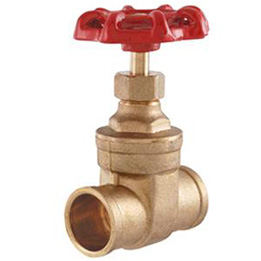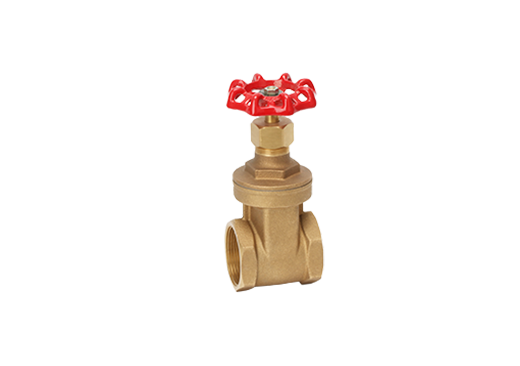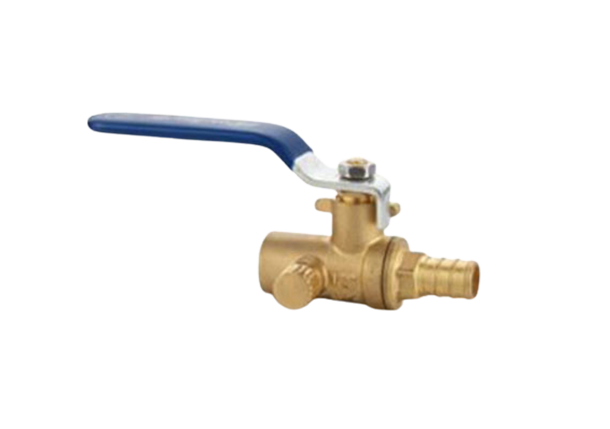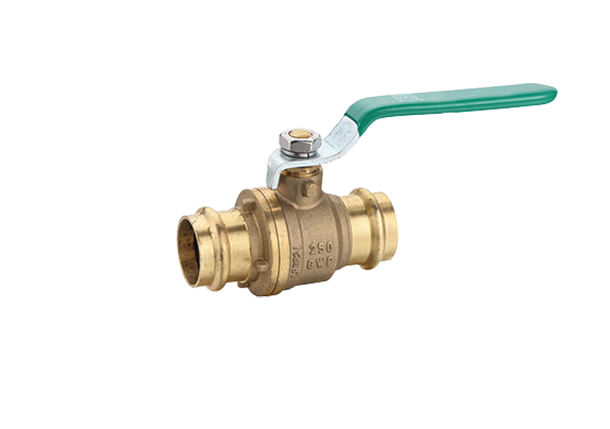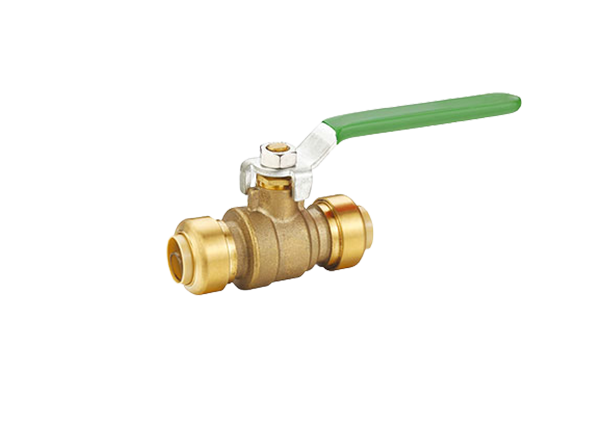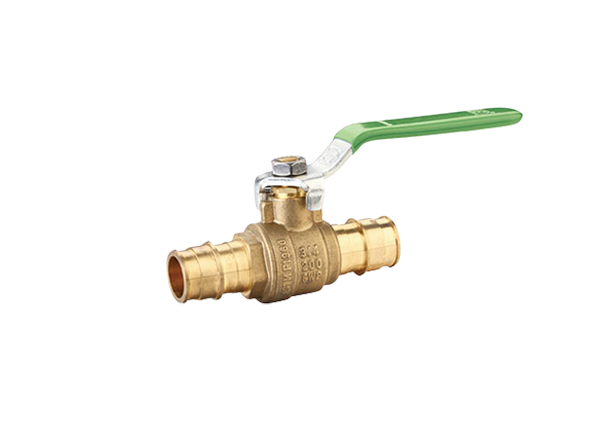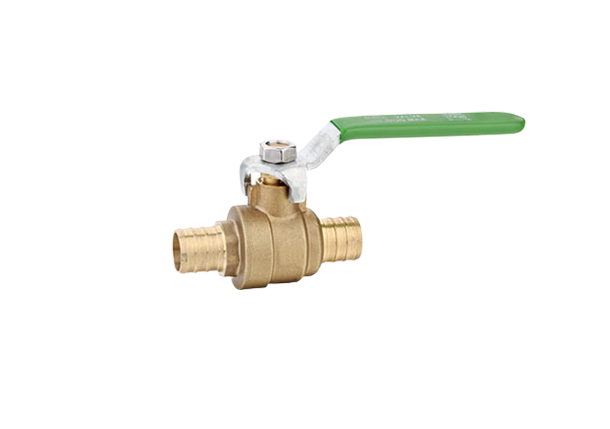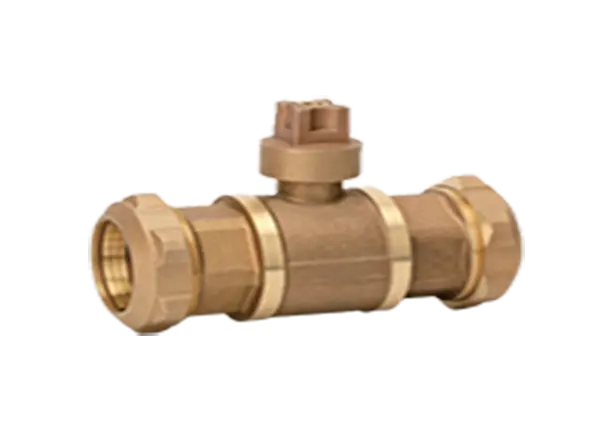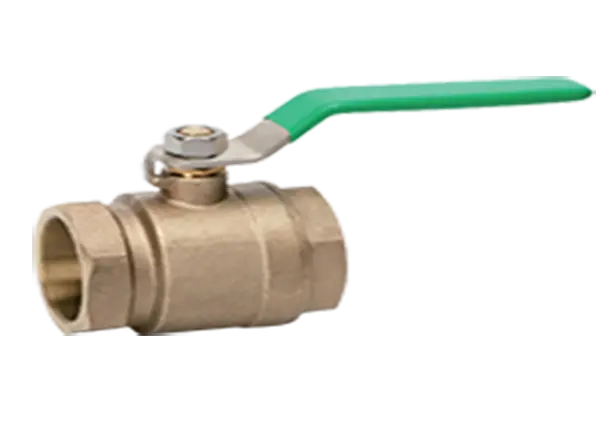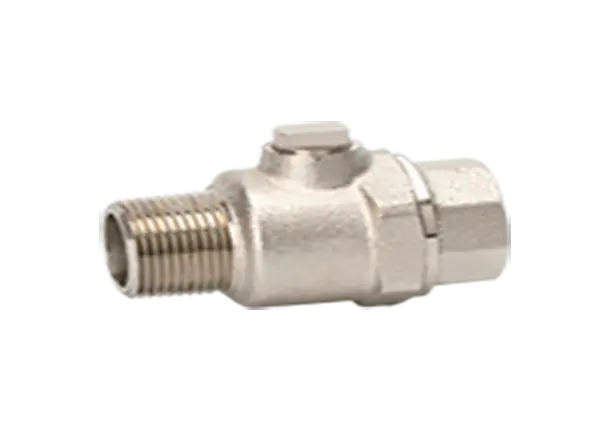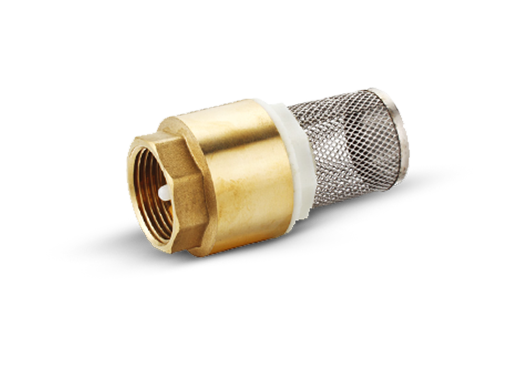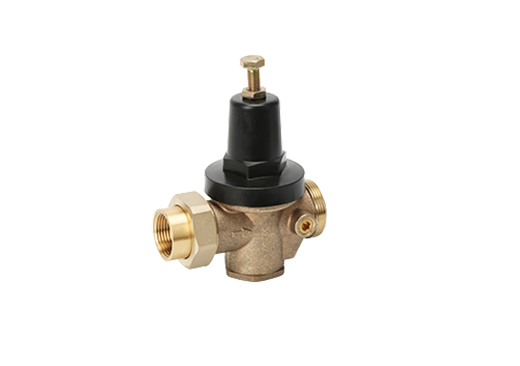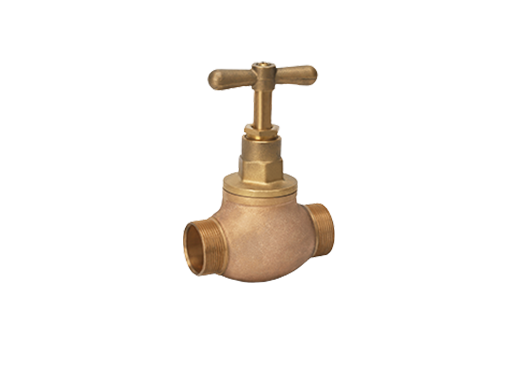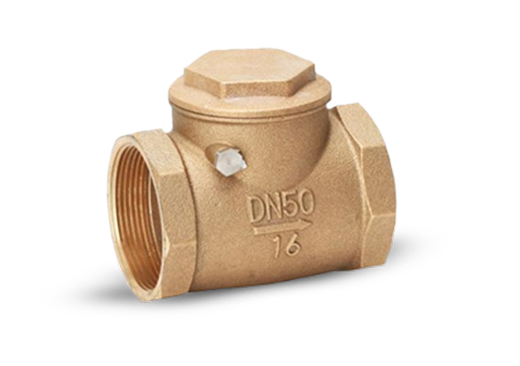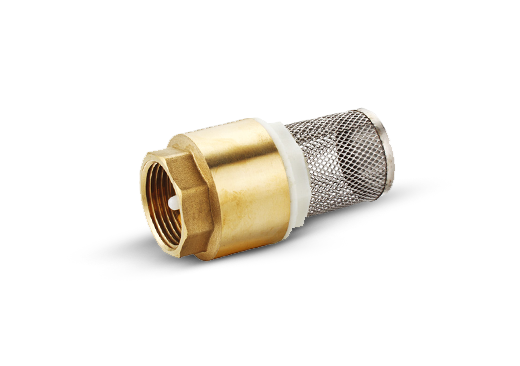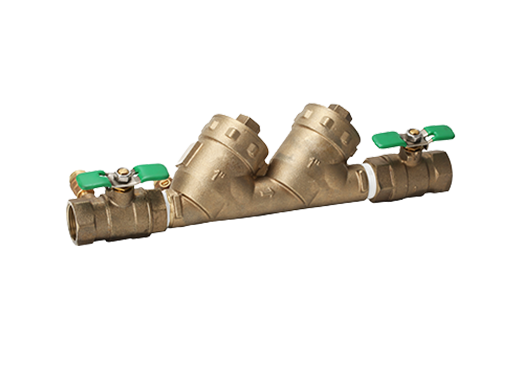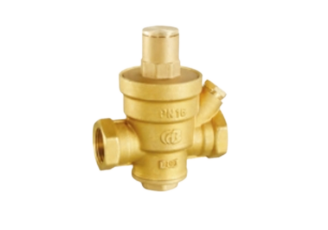Product Characteristics and Performance Analysis of Brass Valves
Overview of brass valves:
Copper valves are divided into brass valve types and bronze valve according to their composition. Copper alloys are formed by adding certain alloying elements (such as zinc, tin, aluminum, beryllium, manganese, silicon, nickel, phosphorus, etc.) to pure copper. Copper alloys have good conductivity, heat resistance, and corrosion resistance, as well as high strength and wear resistance.
Characteristics of brass valves:
The primary material used in brass valve products is brass, and they are processed by hot forging.
The valve body of the brass valve is refined by a rolling process for the side holes, ensuring that the valve stem does not leak and improving safety.
The connection between the valve cover and the valve body uses a permanent sealing method and is not allowed to be opened.
Product performance of different materials of brass valves:
Brass is a copper alloy with zinc as the main alloying element. According to their chemical composition, brasses are classified into ordinary brass and special brass.
Ordinary brass
Ordinary brass is a copper-zinc binary alloy. Due to its good plasticity, it is suitable for manufacturing sheet metal, bar, wire, pipe, and deep-drawn parts, such as condenser tubes, heat sink tubes, mechanical and electrical parts, and so on. Brass with an average copper content of 62% and 59% can also be cast and is known as cast brass.
Special brass
To obtain higher strength, corrosion resistance, and good casting performance, aluminum, silicon, manganese, lead, tin, and other elements are added to the copper-zinc alloy, forming special brass. Examples are lead brass, tin brass, aluminum brass, silicon brass, and manganese brass.
Bronze
Bronze originally referred to copper-tin alloys, but industrial practice has commonly referred to copper alloys containing aluminum, silicon, lead, beryllium, manganese, etc. as bronze. Therefore, bronze actually includes tin bronze, aluminum bronze, beryllium bronze, silicon bronze, leaded bronze, and others. Bronze is also divided into pressure processing bronze and casting bronze.
Tin bronze
Copper-based alloys with tin as the main alloying element are called tin bronze. The tin content of tin bronze used in industry is mostly between 3% and 14%. Tin bronze with a tin content of less than 5% is suitable for cold processing, while tin bronze with a tin content of 5% to 7% is suitable for hot processing. Tin bronze with a tin content greater than 10% is suitable for casting. Tin bronze is widely used in shipbuilding, chemical industry, machinery, instruments, and other industries to manufacture wear-resistant parts such as bearings, sleeves, elastic components such as springs, and anti-corrosion, anti-magnetic parts, etc.
Aluminum bronze
Copper-based alloys with aluminum as the main alloying element are called aluminum bronze. The mechanical properties of aluminum bronze are higher than those of brass and tin bronze. The aluminum content in actual use is between 5% and 12%. Aluminum bronze with a content of 5% to 7% of aluminum is plastic and suitable for cold processing. After the aluminum content is greater than 7% to 8%, the strength increases, but the plasticity decreases sharply, so it is mostly used in the casting state or after hot processing.
The wear resistance of aluminum bronze and its corrosion resistance in the atmosphere, seawater, seawater carbonate, and most organic acids are higher than those of brass and tin bronze. Aluminum bronze can be used to manufacture wear-resistant parts such as gears, sleeves, worm gears, and high corrosion-resistant elastic components.
Different Carbo Valves For Sale

